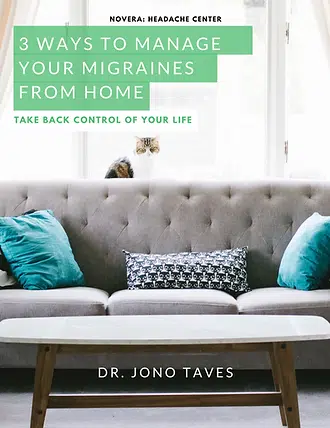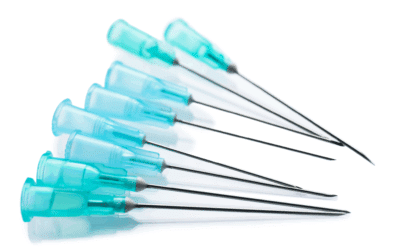At Novera: Headache Center, we believe in empowering individuals with the tools to understand and manage their headaches and migraines. A headache journal is one of the most effective ways to take control of your symptoms, identify triggers, and reduce dependence on medication. By tracking patterns and evaluating your daily routines, you can unlock valuable insights that lead to relief.
Here’s how to start and what to track in your headache journal:
Why Keep a Headache Journal?
Headaches and migraines often feel unpredictable, leaving you frustrated and without answers. However, there are usually patterns or triggers, even if they’re subtle. A headache journal allows you to pinpoint these triggers by collecting consistent data about your daily life and headache occurrences. This process can help you understand what contributes to your pain and how to make meaningful adjustments.
What to Track in Your Headache Journal
A well-organized headache journal doesn’t have to be complicated. Here’s what to include:
- Date and Time of Headache
- Record the date, time, and duration of your headache. Include whether it started upon waking, developed later in the day, or persisted overnight.
- Headache Details
- Note the pain location (e.g., temple, back of the head), type (sharp, dull, throbbing), and intensity using a scale of 1-10. You can also describe other symptoms like nausea, dizziness, or aura.
- Potential Triggers
- Think back to the day or even the week leading up to your headache. Common triggers include:
- Dietary factors (e.g., sugar, caffeine, alcohol, or specific foods like chocolate).
- Weather changes or pressure shifts.
- Hormonal fluctuations.
- Stress levels.
- Physical strain or postures, such as prolonged sitting or intense exercise.
- Think back to the day or even the week leading up to your headache. Common triggers include:
- Sleep Patterns
- Record the quality and duration of your sleep. Also, note your sleep position, as stomach sleeping or poor alignment can contribute to headaches.
- Stress Levels
- Reflect on your stress levels throughout the day. Use a scale or describe your emotional state to see if stress is lowering your threshold for headaches.
- Activity and Movement
- Estimate the time spent sitting, standing, moving, exercising, or driving. Activities that strain the neck, such as prolonged sitting or certain workouts, can exacerbate headaches.
- Diet
- Log your meals and snacks, particularly noting any unusual or inflammatory foods (like sugar, gluten, or dairy). Changes in diet can have a significant impact on headache frequency and intensity.
- Medication Use
- Track any medications taken to relieve your headache, including the type, dosage, and effectiveness. Over time, this can reveal trends in your response to treatment.
The Emotional Benefit: Tracking Positive Moments
Managing chronic headaches can be overwhelming, so it’s important to maintain a positive mindset. Each day, jot down one good thing that happened. Whether it’s something simple, like noticing the beauty of fall leaves or a pleasant interaction, reflecting on positive moments can shift your mindset and provide emotional relief.
How to Use This Information
By consistently tracking these factors, you’ll start to see patterns. For instance:
- If headaches often occur on workdays, stress or poor posture might be a trigger.
- If migraines strike after eating certain foods, dietary adjustments could help.
- Recognizing the role of sleep quality or exercise can lead to practical lifestyle changes.
Understanding your triggers allows you to make informed adjustments to your daily habits, reduce reliance on medication, and regain control of your life.
Take the First Step
A headache journal is a simple yet powerful tool. At Novera: Headache Center, we’re excited to offer a dedicated headache journal soon. This resource will guide you through tracking your symptoms and provide actionable insights to help you find relief.
For updates on our headache journal or to learn more about how we can help you find long-term relief from your headaches and migraines, contact us at Novera: Headache Center.
By taking just a few minutes each day to reflect and record, you’ll be closer to identifying triggers, preventing headaches, and improving your overall quality of life. Start your headache journal today and take the first step towards a pain-free tomorrow! Let’s work together to empower you with the knowledge and tools to break free from headaches and migraines.




